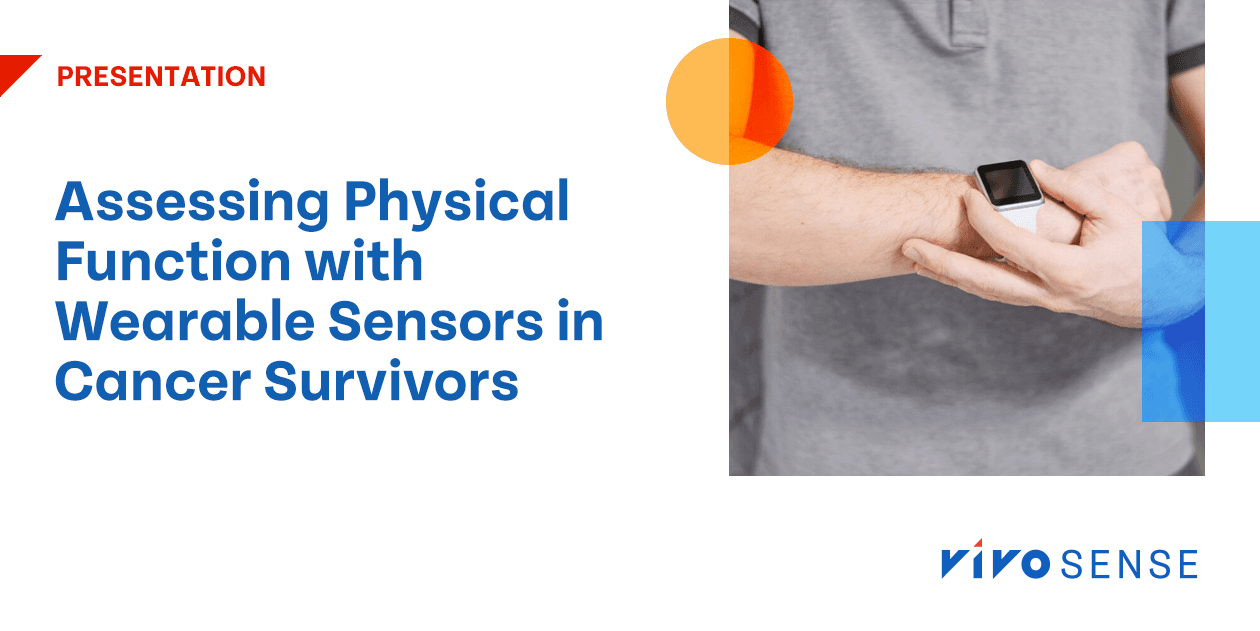Research scientist Shelby Bachman, PhD, spoke at the Roche Digital Biomarkers in Clinical Trials Summit on the prospects for wearable sensors for measuring health-related quality of life in cancer survivors.
Limitations of Standard Measures of Physical Function
Establishing protocols and treatments that promote physical function innately requires measurement of the same; this is a complex prospect. The tools currently used for measuring physical function in care and clinical research include patient-reported outcome assessments, clinician-reported outcome assessments, and performance outcome assessments. The limitations of these measures are well-established and include:
- • Excessive Burden to Patients
- • Excessive Burden to Providers
- • Ceiling Effects
- • Failure to Capture Real-World Challenges
Benefits of Wearables for Obtaining Physical Function Data
Wearable sensors, such as accelerometers and GPS trackers, offer a host of advantages that directly address these limitations. The benefits of wearable sensors for obtaining data on patient physical function are directly related to the sensor’s attributes.
Wearable sensors can capture data:
- • Passively
- • Continuously
- • Remotely
Study Overview
We partnered with Colorado State University to equip 86 cancer survivors with thigh-worn wearable sensors for a week. These survivors had completed treatment for breast, colon, or rectal cancer. The sensors monitored daily steps, physical activity time, and activity fragmentation. Additionally, we assessed participants’ well-being and physical function using standard patient-reported outcomes and measured their aerobic fitness through in-clinic submaximal exercise tests.
Our analysis revealed strong correlations between the data from wearable sensors and the participants’ aerobic fitness. However, the sensor data did not significantly correlate with the reported well-being or physical function measures.
These results suggest that real-world data from wearable sensors can provide unique insights into well-being and physical function, beyond traditional assessments. They also show the potential of wearables to overcome some inherent limitations of patient-reported outcomes, like ceiling effects.
This initial study highlights the value of wearable sensor data in providing a comprehensive assessment of physical function in cancer survivors. We are now preparing for a longitudinal study to further validate these measures in patients currently undergoing cancer treatment.
